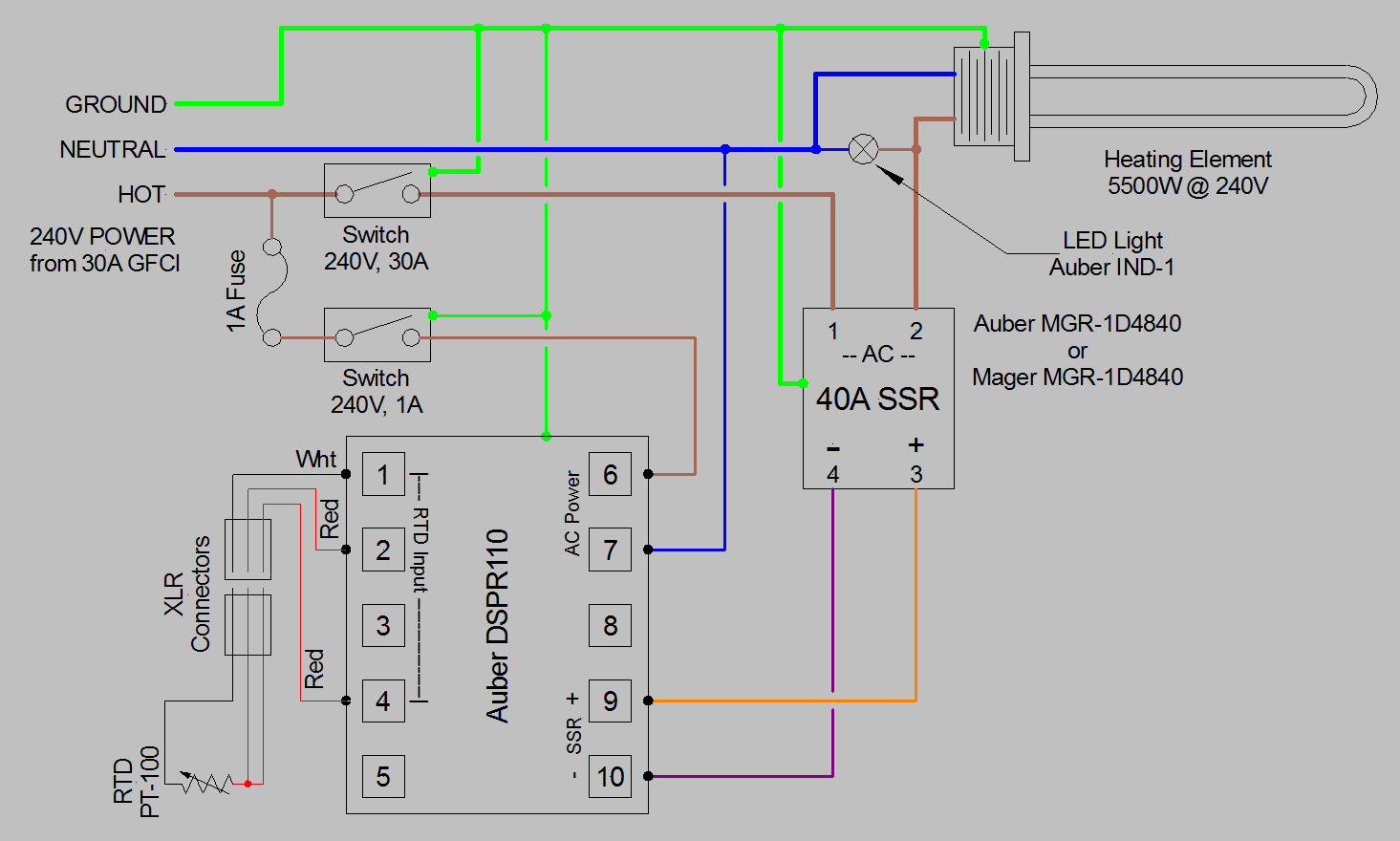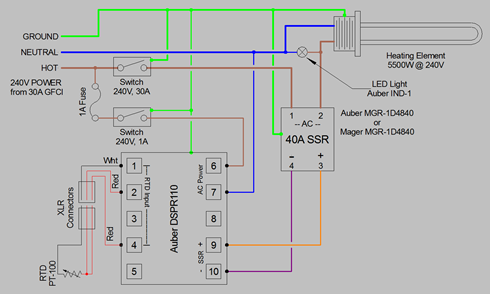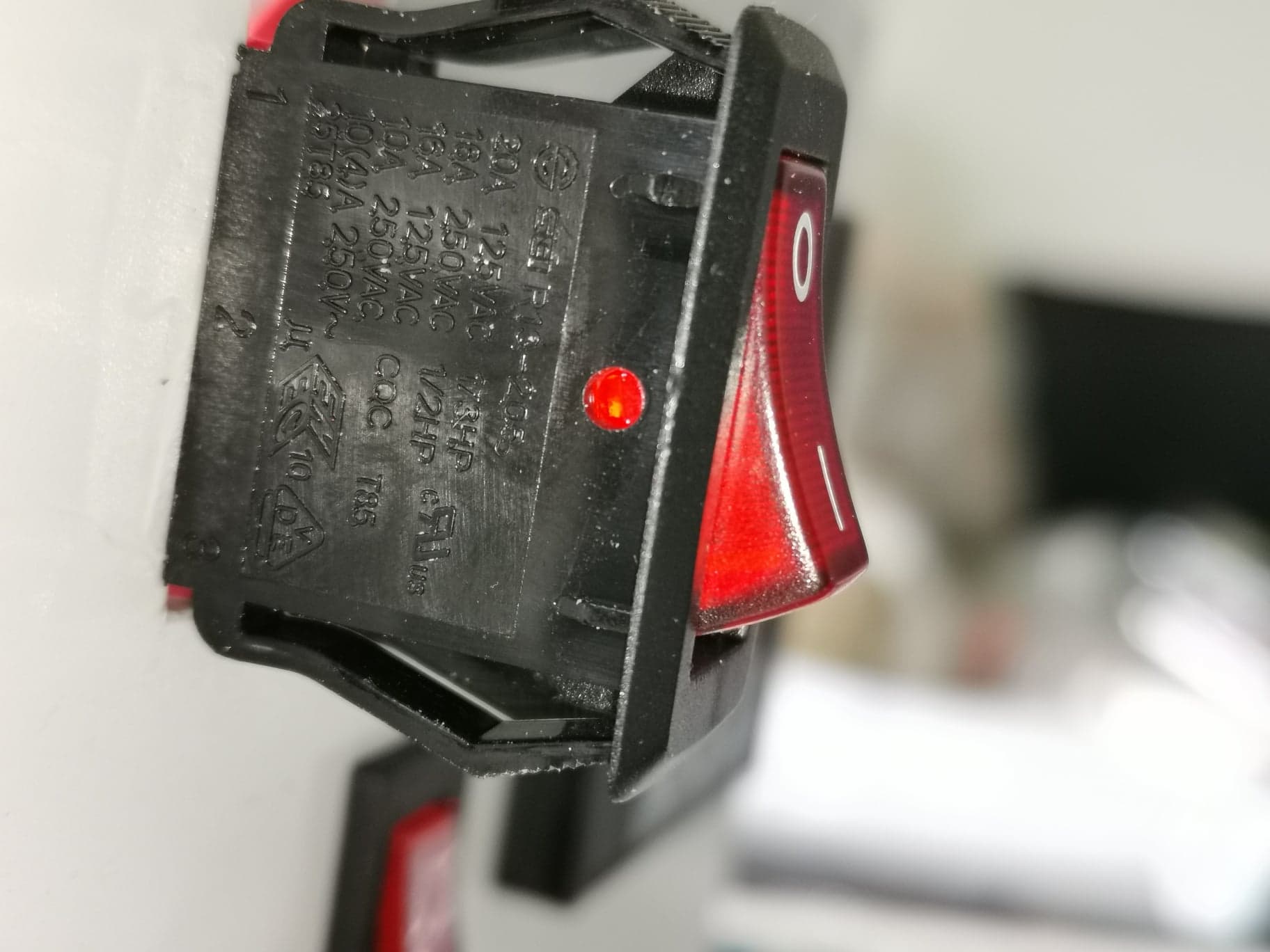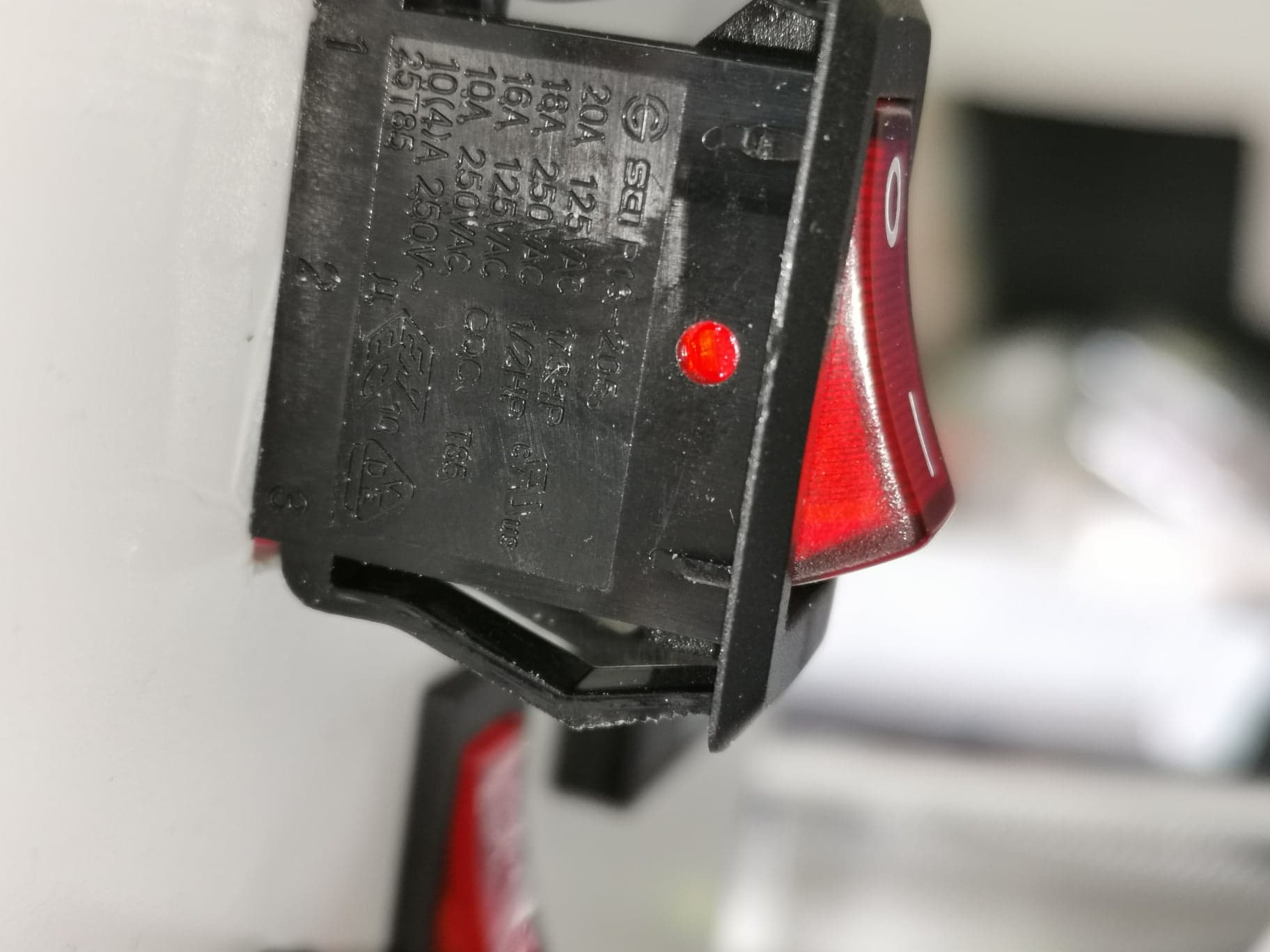WildTurkey81
Member
- Joined
- Apr 22, 2020
- Messages
- 7
- Reaction score
- 0
Hello everyone!
This will be my first post on this forum after lurking on various fora for a few weeks, reading and gathering as much information as I could before the answers to my questions became too difficult to understand without help - so here I am
As the title indicates I am rather keen on the idea of allgrain, eBIAB systems as they seem to fit my personal preferences for the brewing process the most (brewing inside is the primary reason, as the winters can potentially produce temperatures in the range of -20 degrees Celsius). Ideally, my system would be a simple DIY 35-50L kettle, or 10-15 gallons if you're not metrically inclined, with an installed 3000-4500W heating element - preferably an ultra low watt density kind. Recirculation (with a pump) is not important right now as it seems to be an extra, unnecessary step that I can always add later down the line. The same goes for cooling as I aim to make a concentrated wort and add cold water after the boil to get it down below ~80 degrees Celsius, to avoid any noticeable isomerization/off-flavors, which I've read can be done with a 20-25% cut to the target boil (or batch?) volume.
My essential questions to this would be:
Any and all questions and answers are welcome - and sorry for the wall of text!
Sincerely,
A newbie from Scandinavia
This will be my first post on this forum after lurking on various fora for a few weeks, reading and gathering as much information as I could before the answers to my questions became too difficult to understand without help - so here I am

As the title indicates I am rather keen on the idea of allgrain, eBIAB systems as they seem to fit my personal preferences for the brewing process the most (brewing inside is the primary reason, as the winters can potentially produce temperatures in the range of -20 degrees Celsius). Ideally, my system would be a simple DIY 35-50L kettle, or 10-15 gallons if you're not metrically inclined, with an installed 3000-4500W heating element - preferably an ultra low watt density kind. Recirculation (with a pump) is not important right now as it seems to be an extra, unnecessary step that I can always add later down the line. The same goes for cooling as I aim to make a concentrated wort and add cold water after the boil to get it down below ~80 degrees Celsius, to avoid any noticeable isomerization/off-flavors, which I've read can be done with a 20-25% cut to the target boil (or batch?) volume.
My essential questions to this would be:
- should i add a basket (with feet to act as a false bottom) so I dont scorch my bag/wort? It probably wont scorch either way, but something about having my grains resting directly on top of the element irks me.
- controlling the temperature: should I install a PID controller to manage the temperature of my mash and boil or is a PWD more suitable? good sources on these are much appreciated as I know very little of these
- Is it possible to dump the thermocouple from the controller directly into the mash/bottom of the kettle and still get a good reading?
- I found this plug-n-play PID but can it power a +3000W element without a solid state relay/no heatsink? https://www.ebay.co.uk/itm/STC-1000...Thermostat-Regulator-Dual-Relay-/263944078924
Any and all questions and answers are welcome - and sorry for the wall of text!
Sincerely,
A newbie from Scandinavia








































![Craft A Brew - Safale S-04 Dry Yeast - Fermentis - English Ale Dry Yeast - For English and American Ales and Hard Apple Ciders - Ingredients for Home Brewing - Beer Making Supplies - [1 Pack]](https://m.media-amazon.com/images/I/41fVGNh6JfL._SL500_.jpg)





























